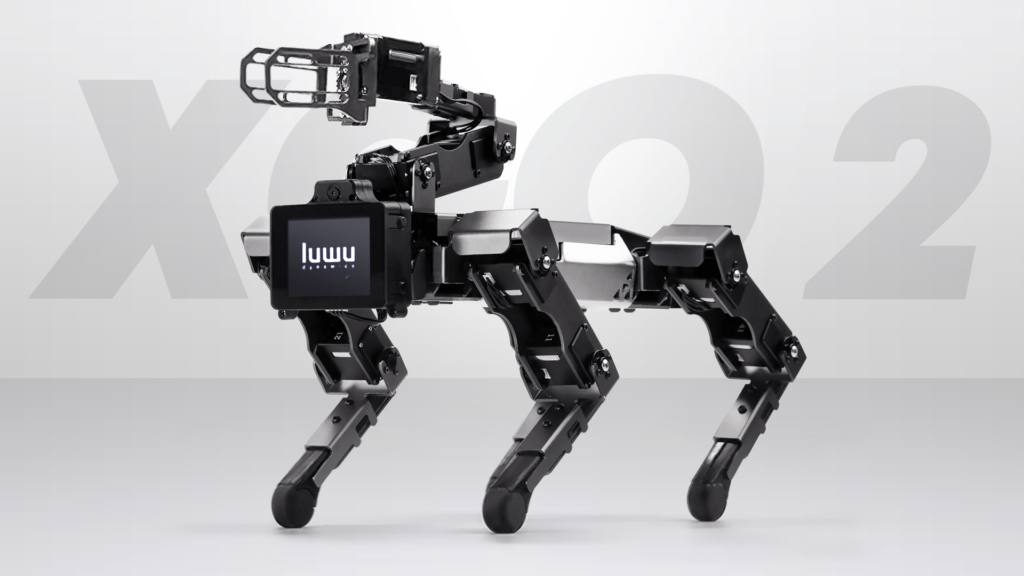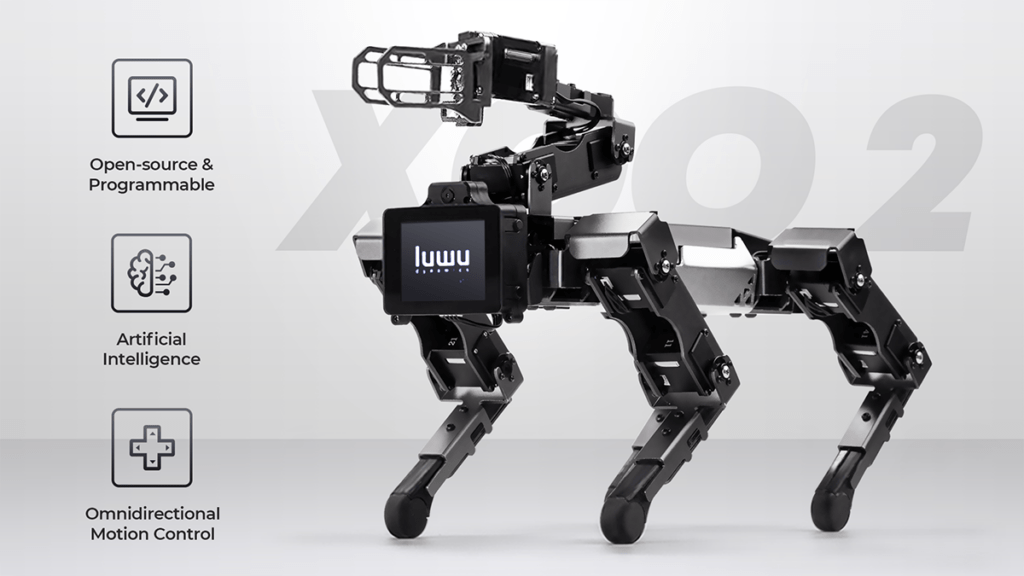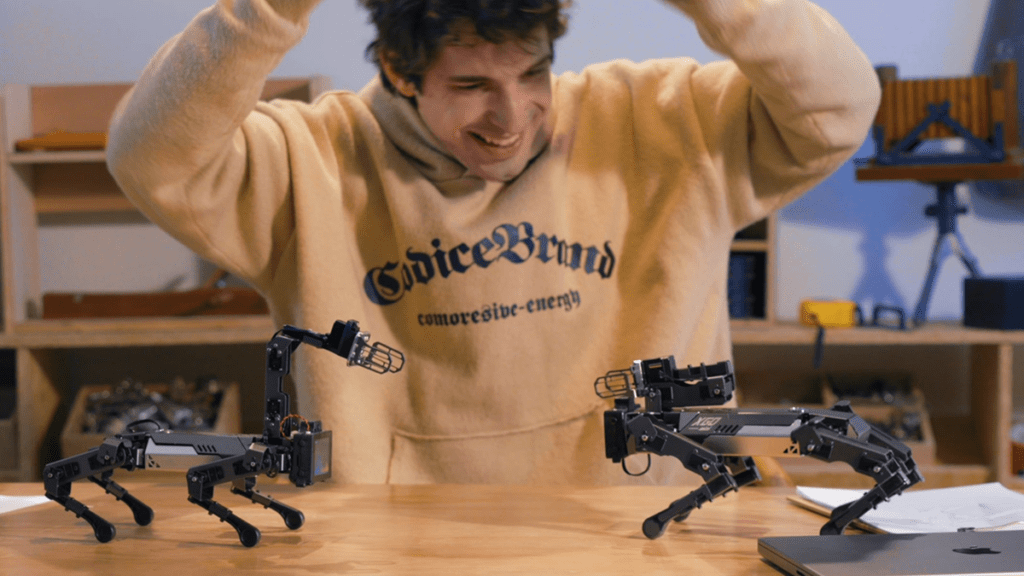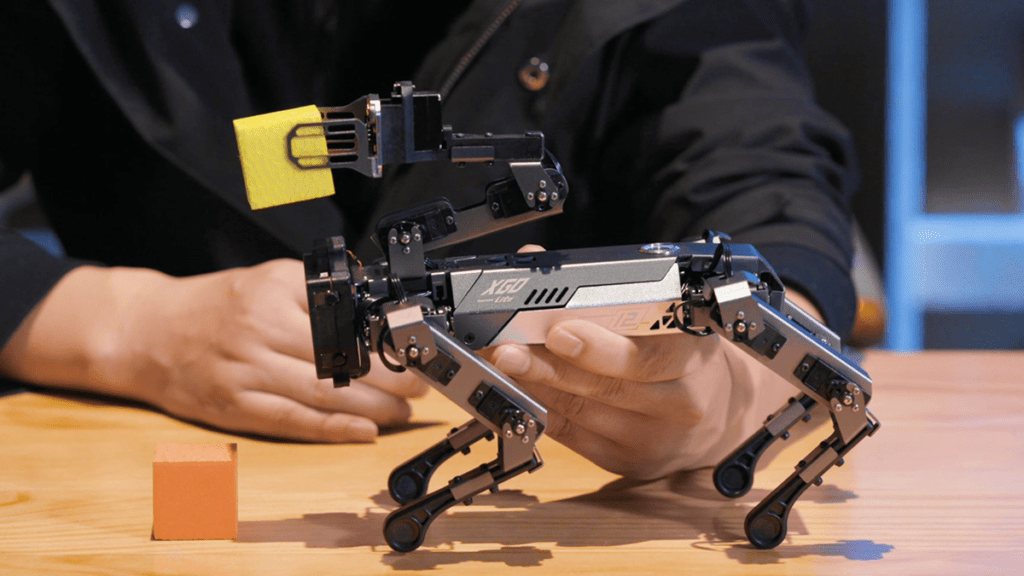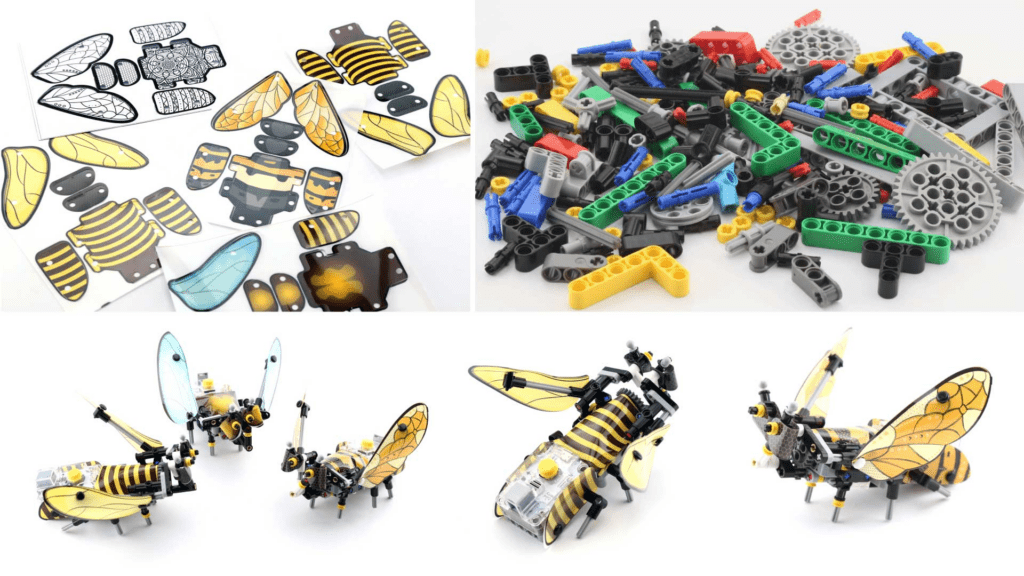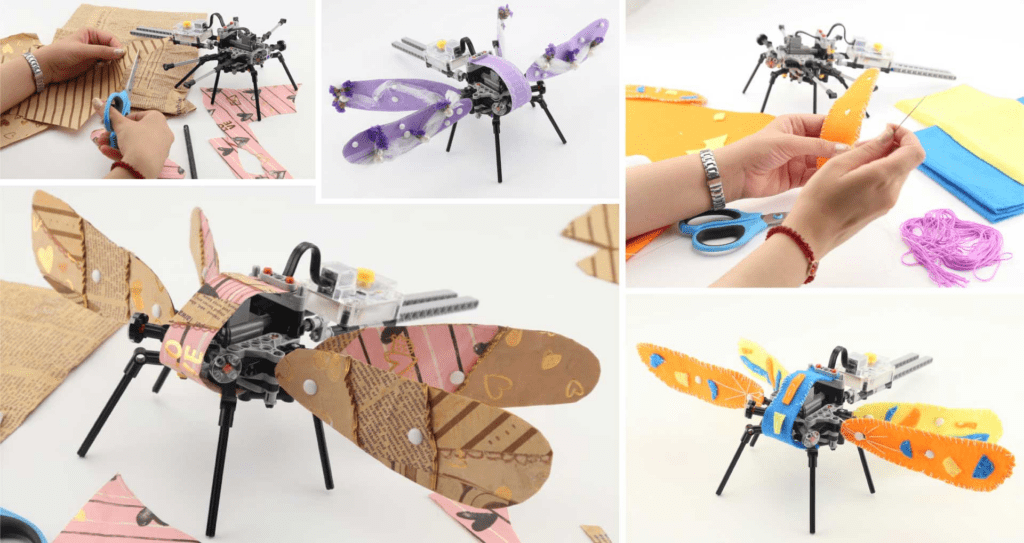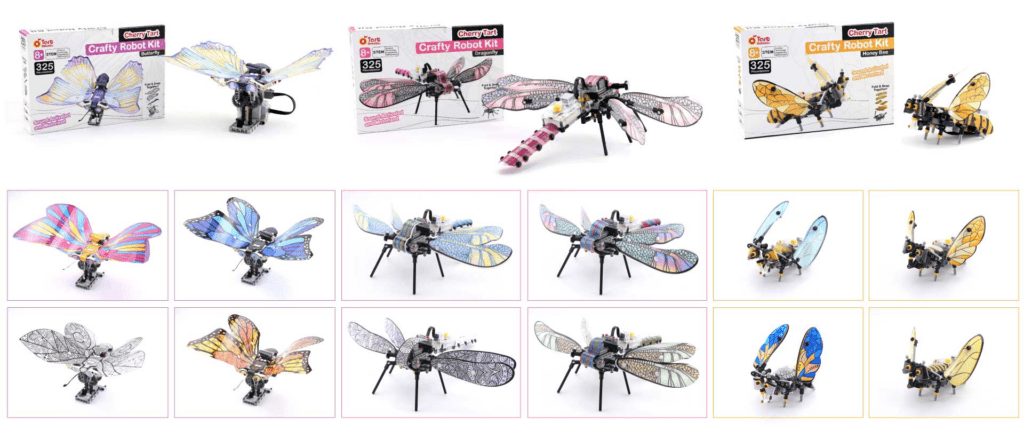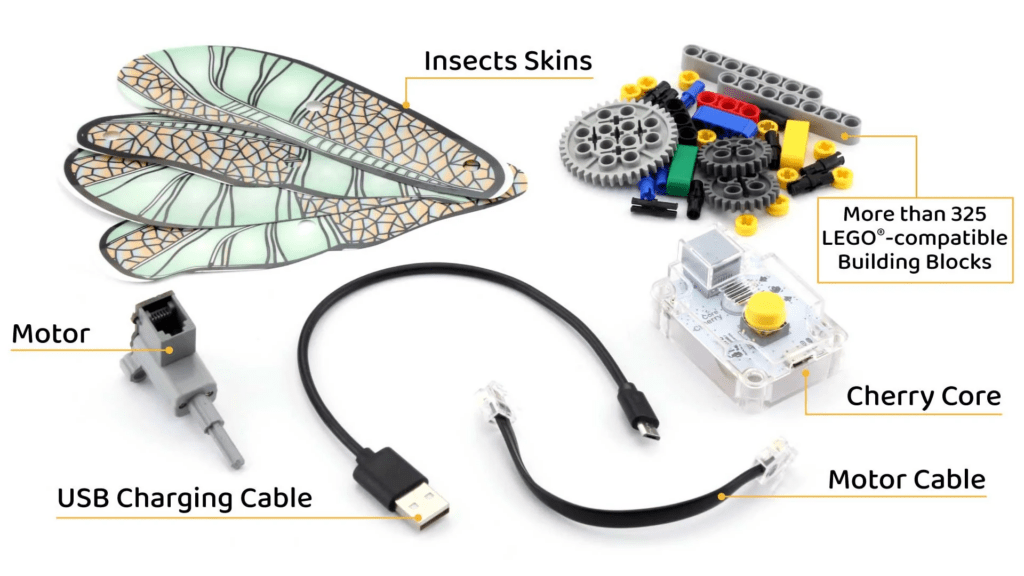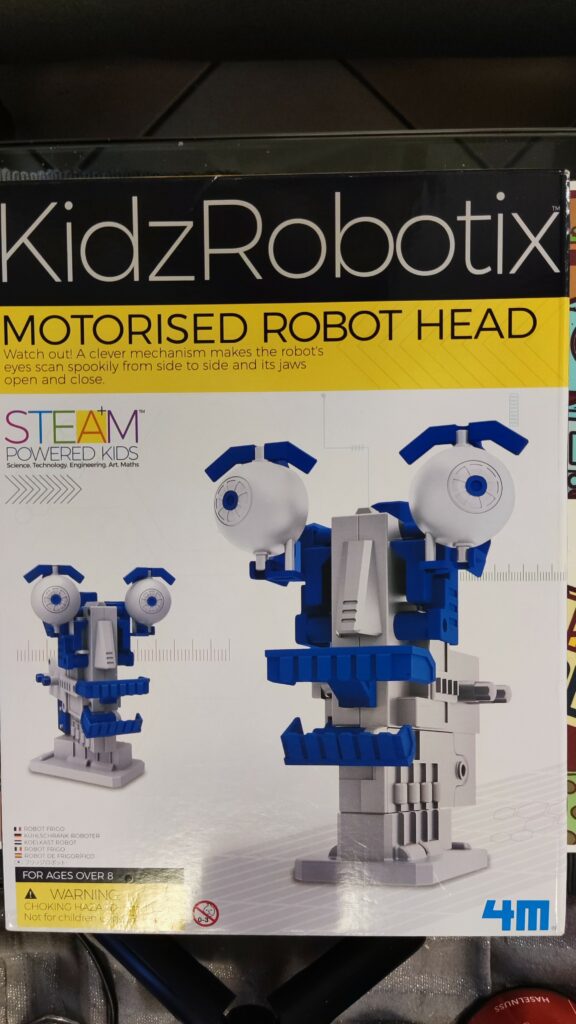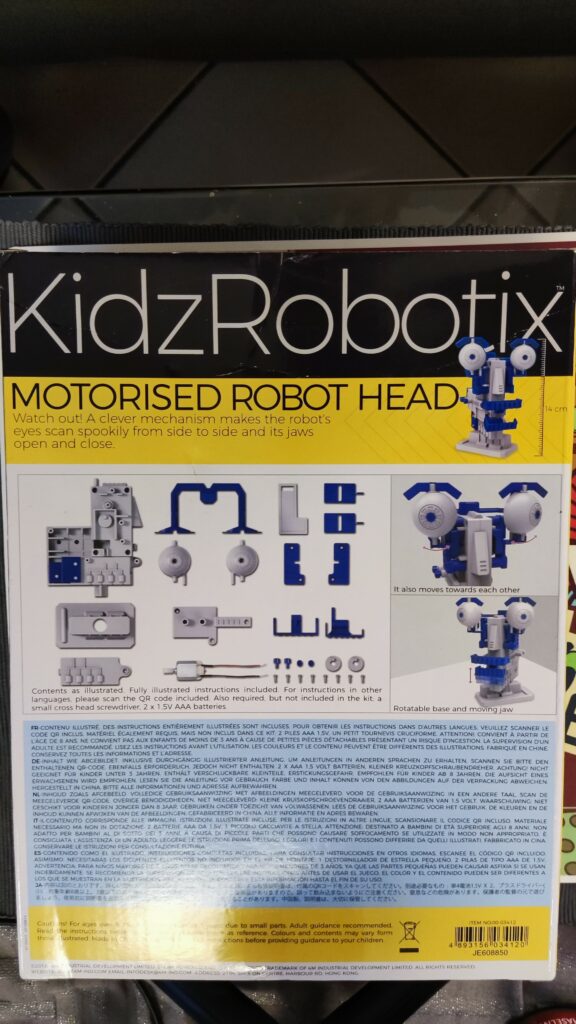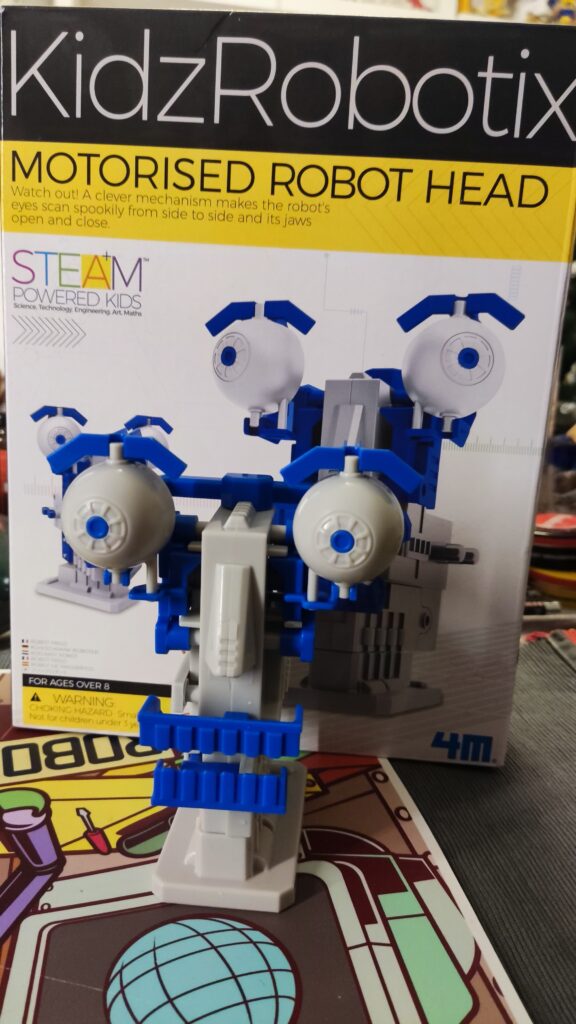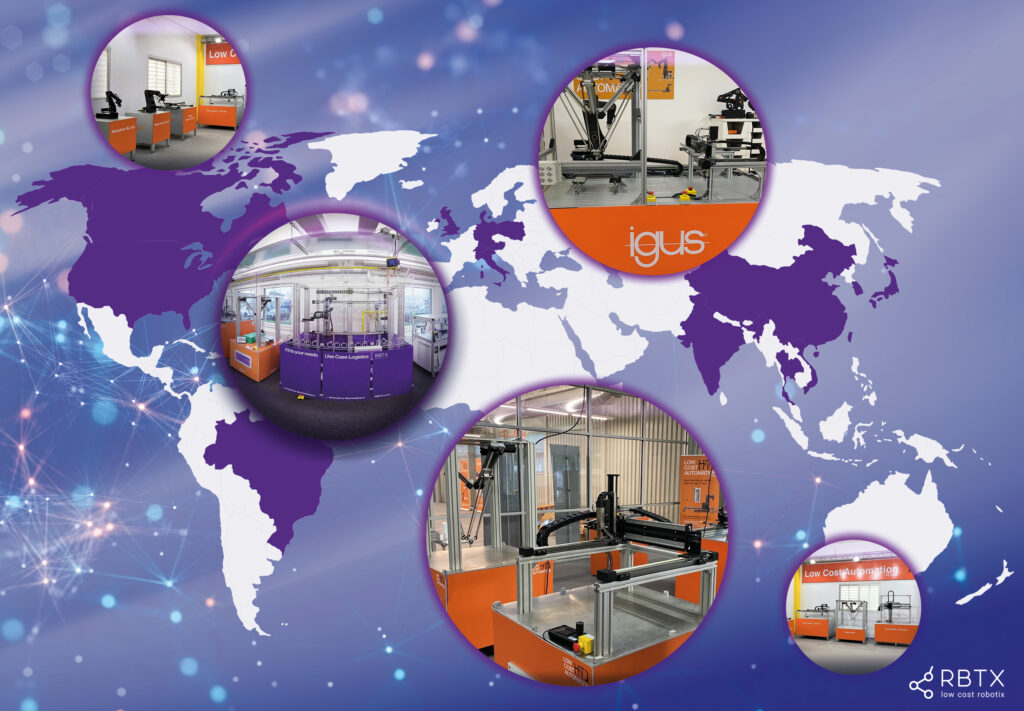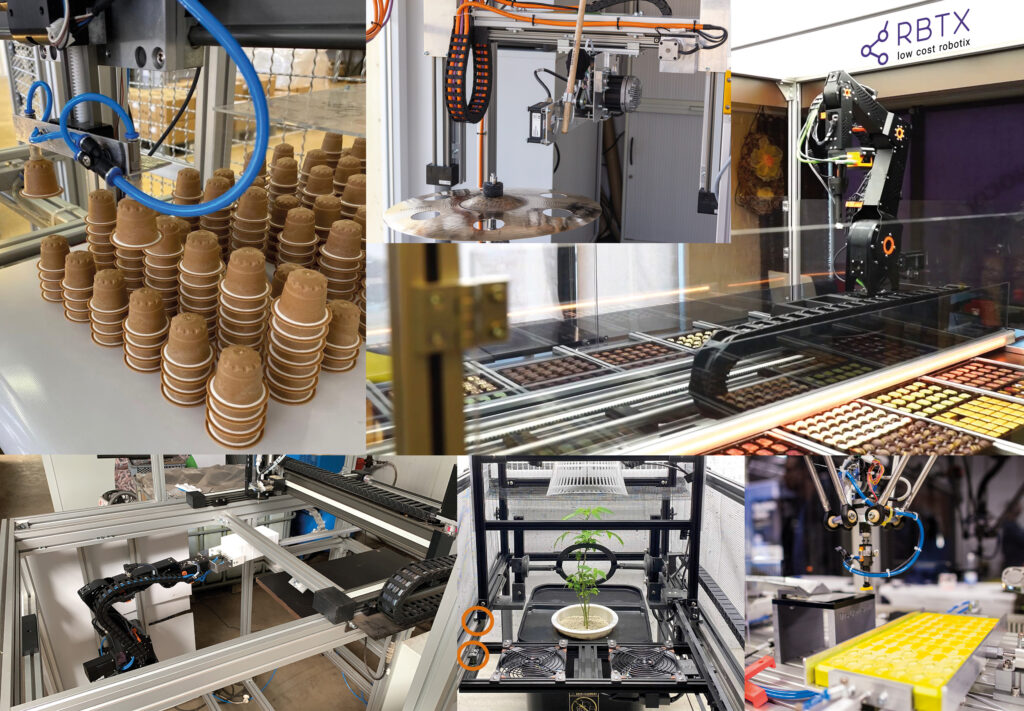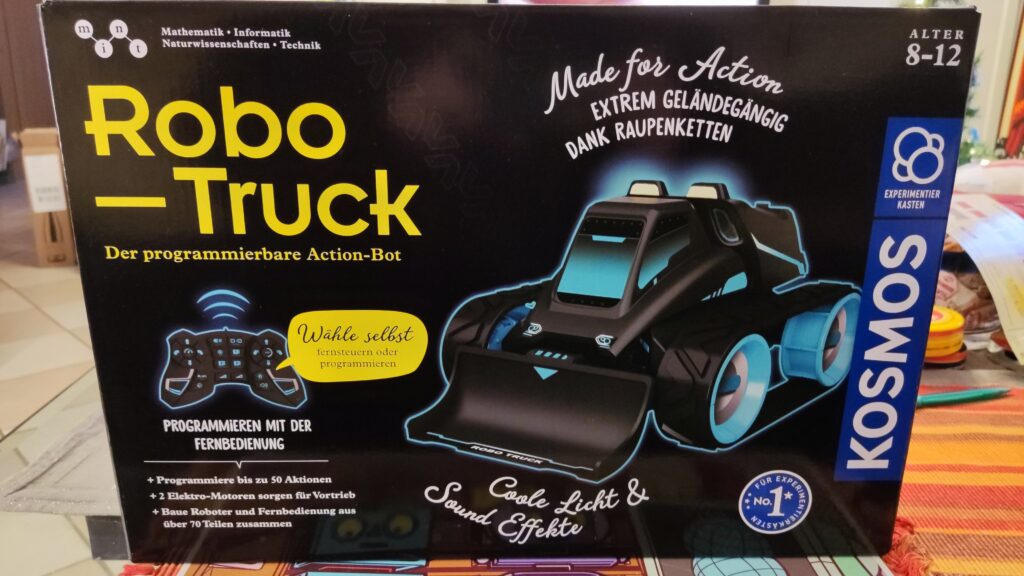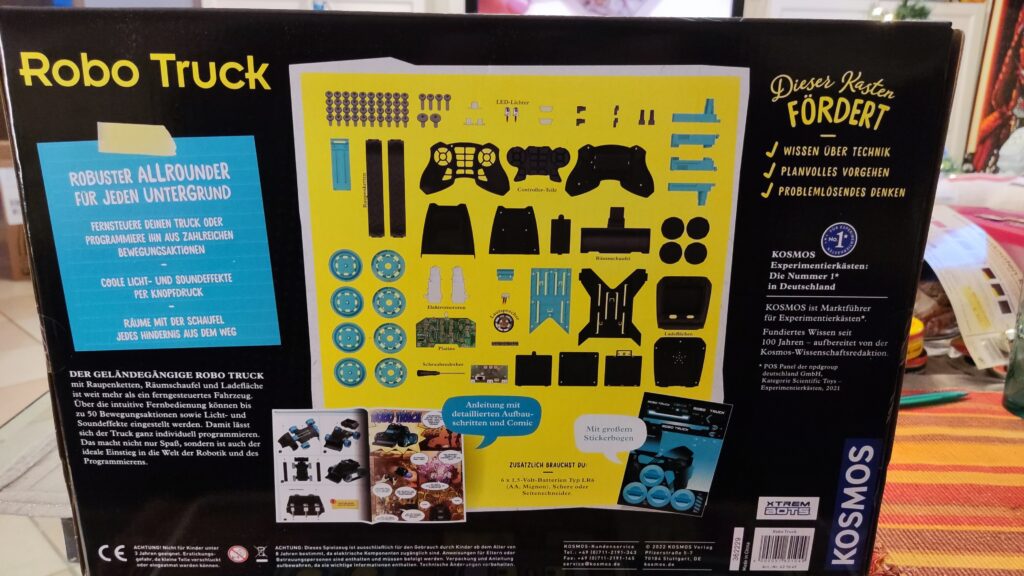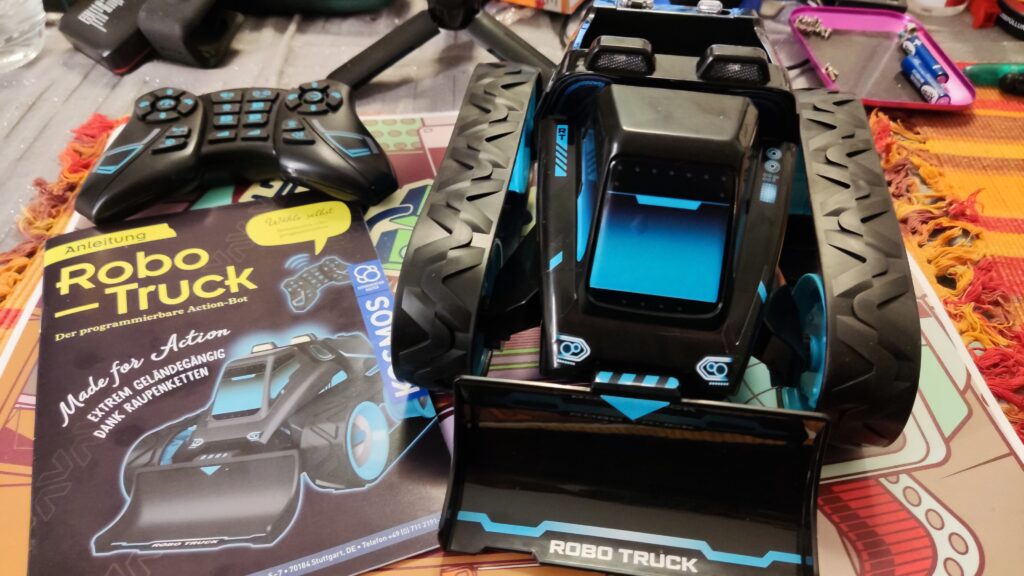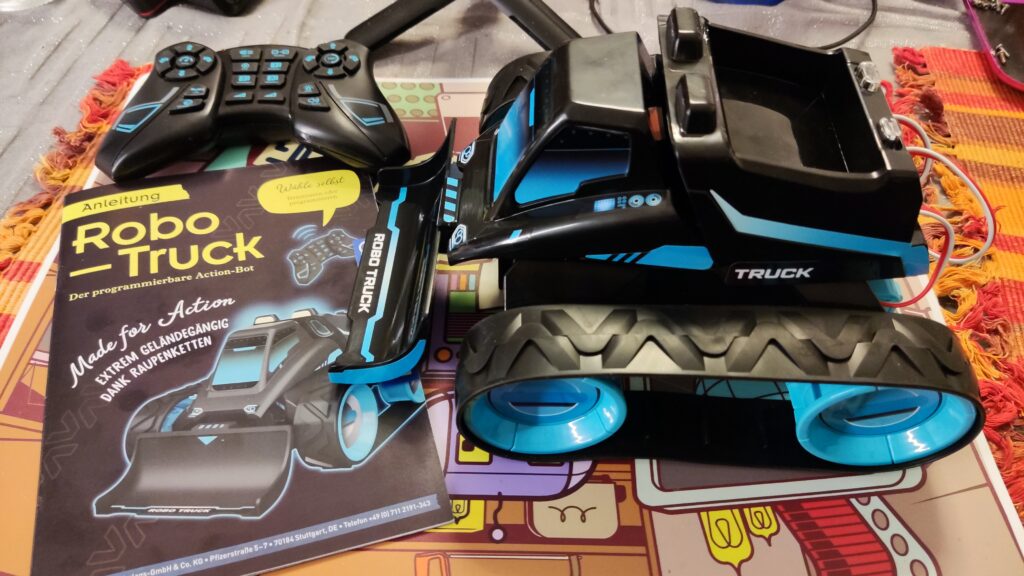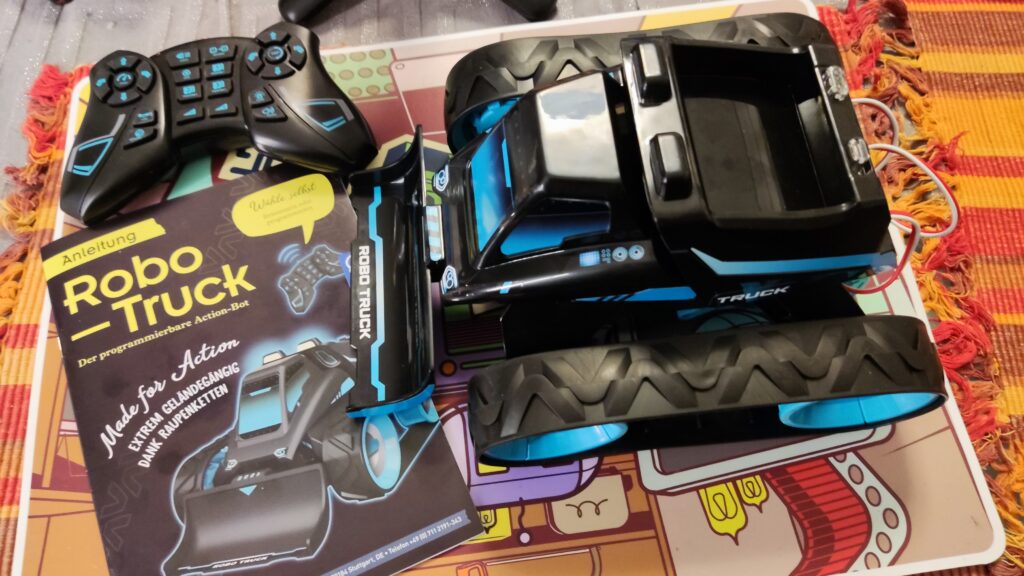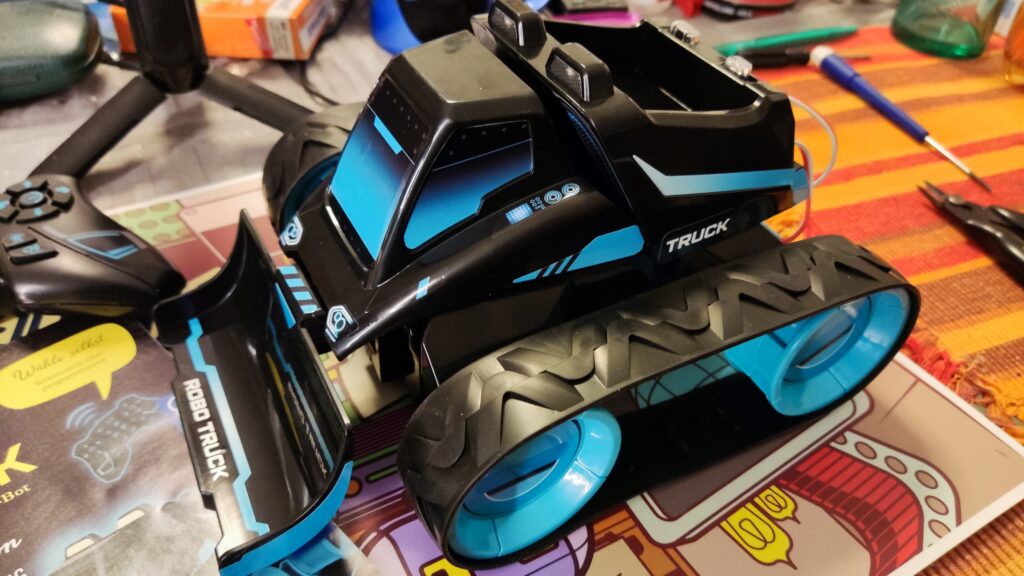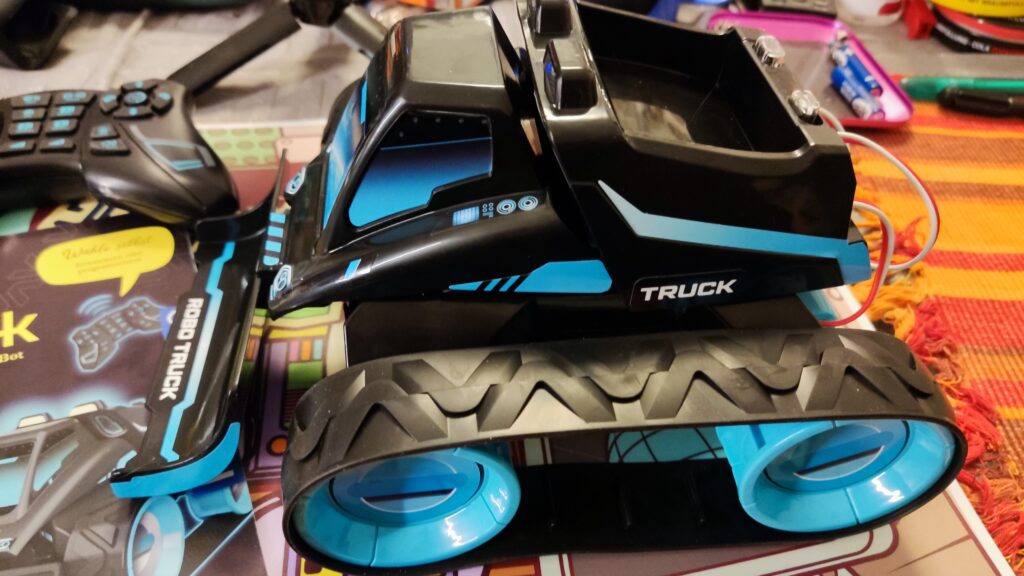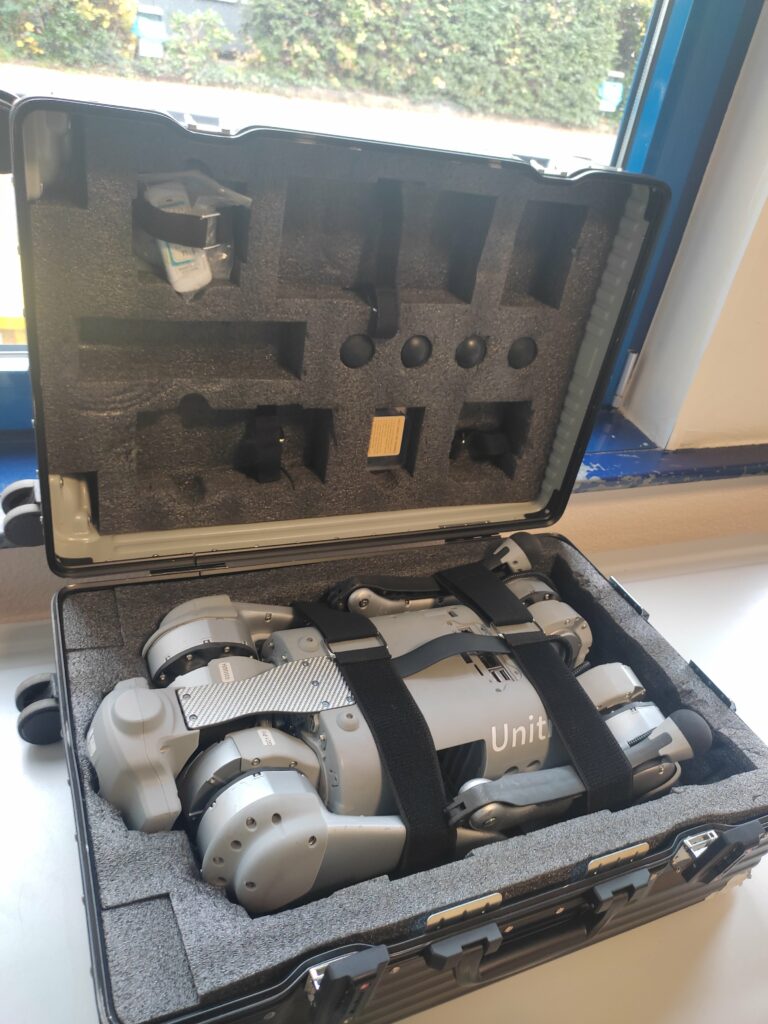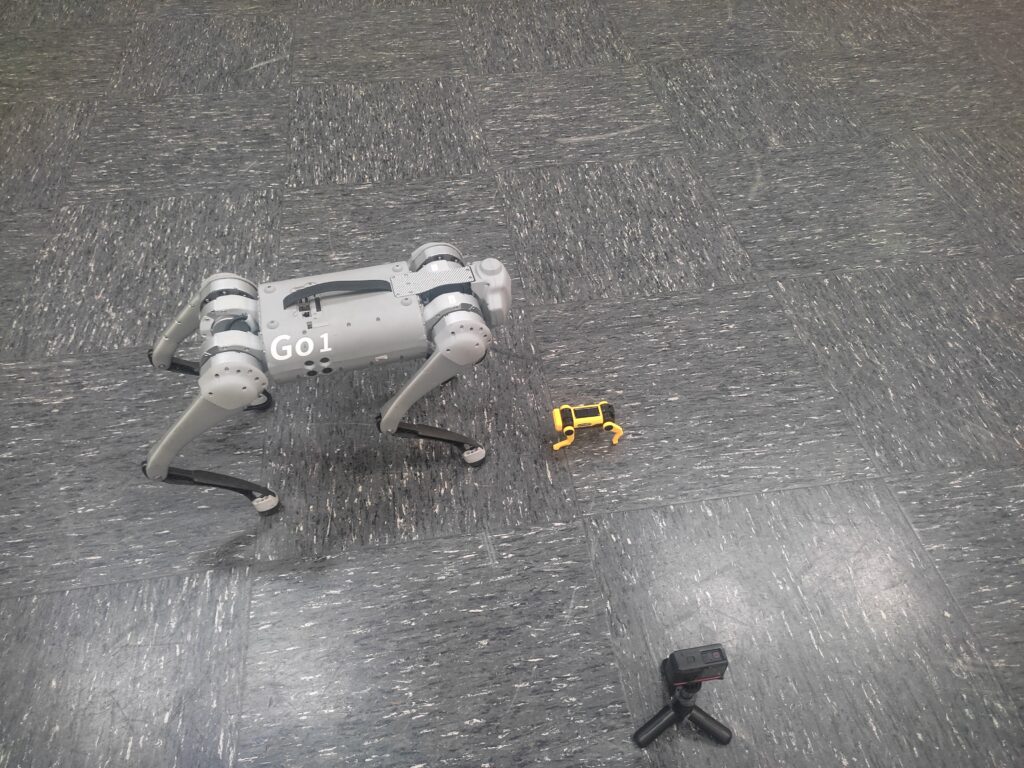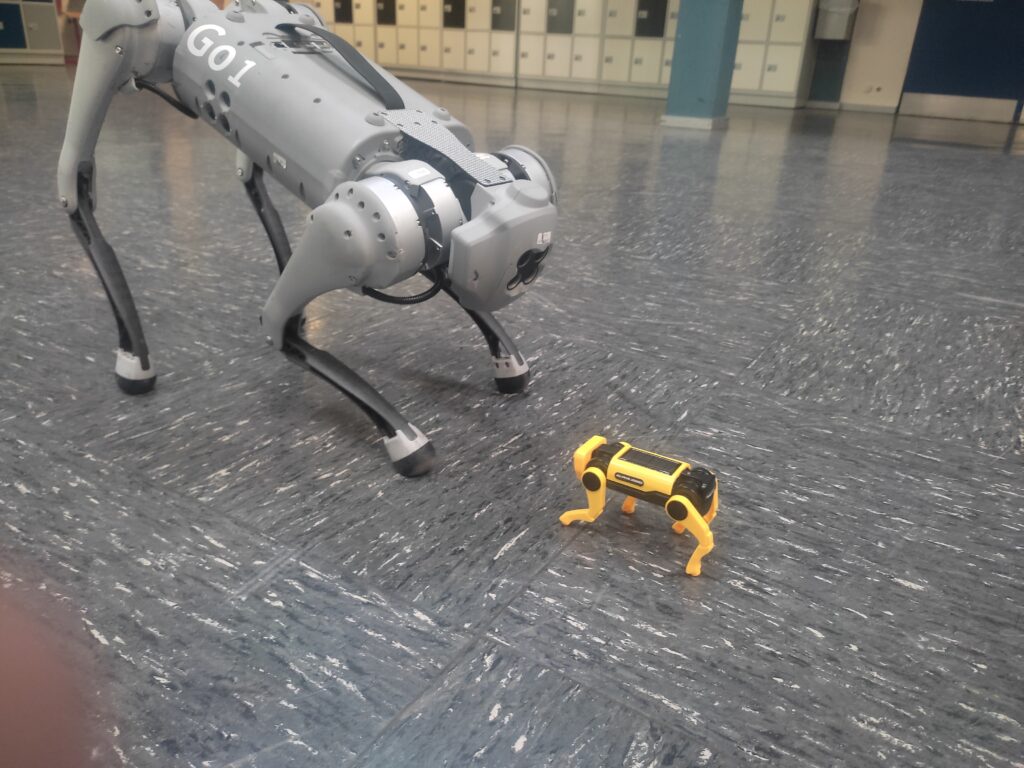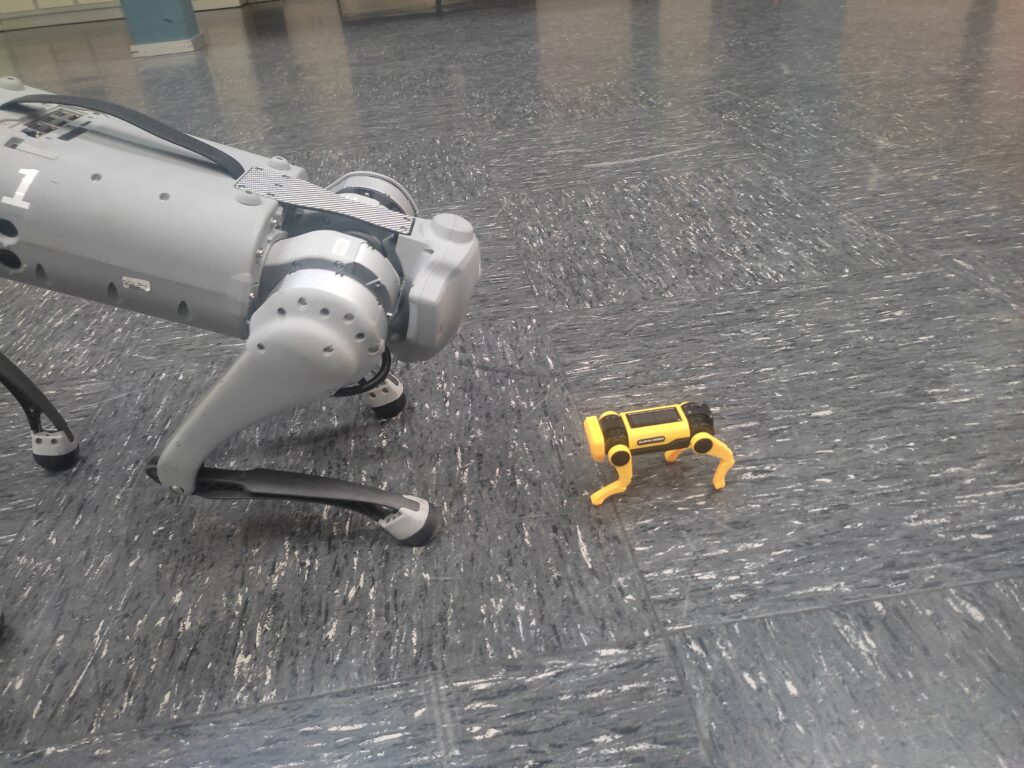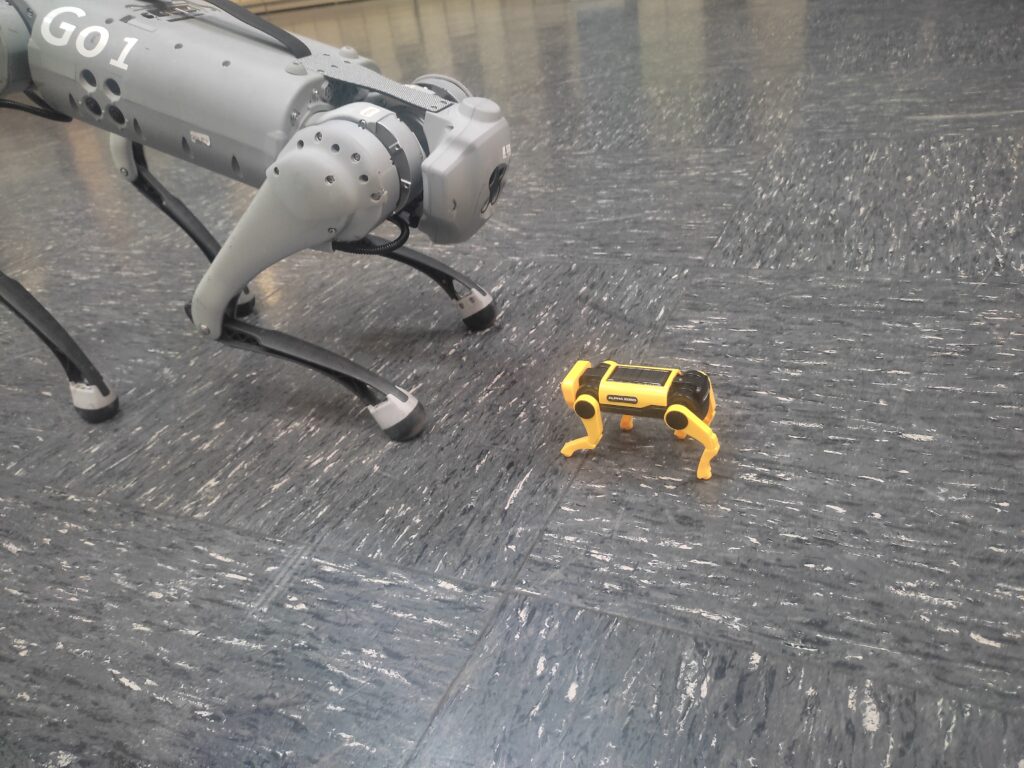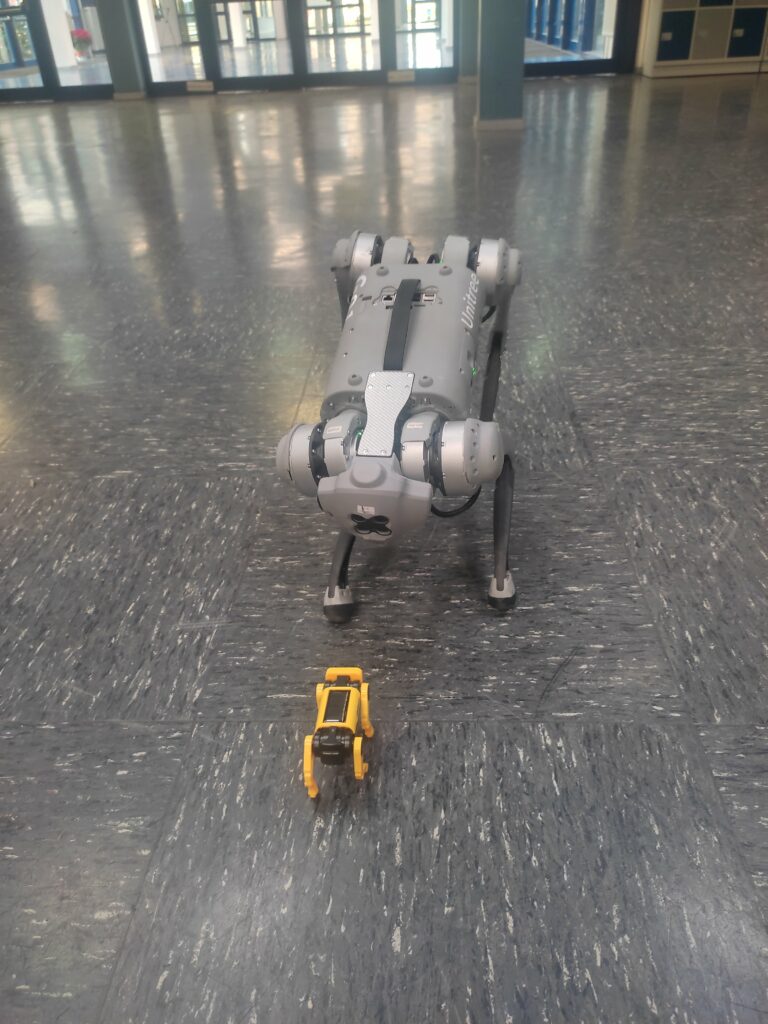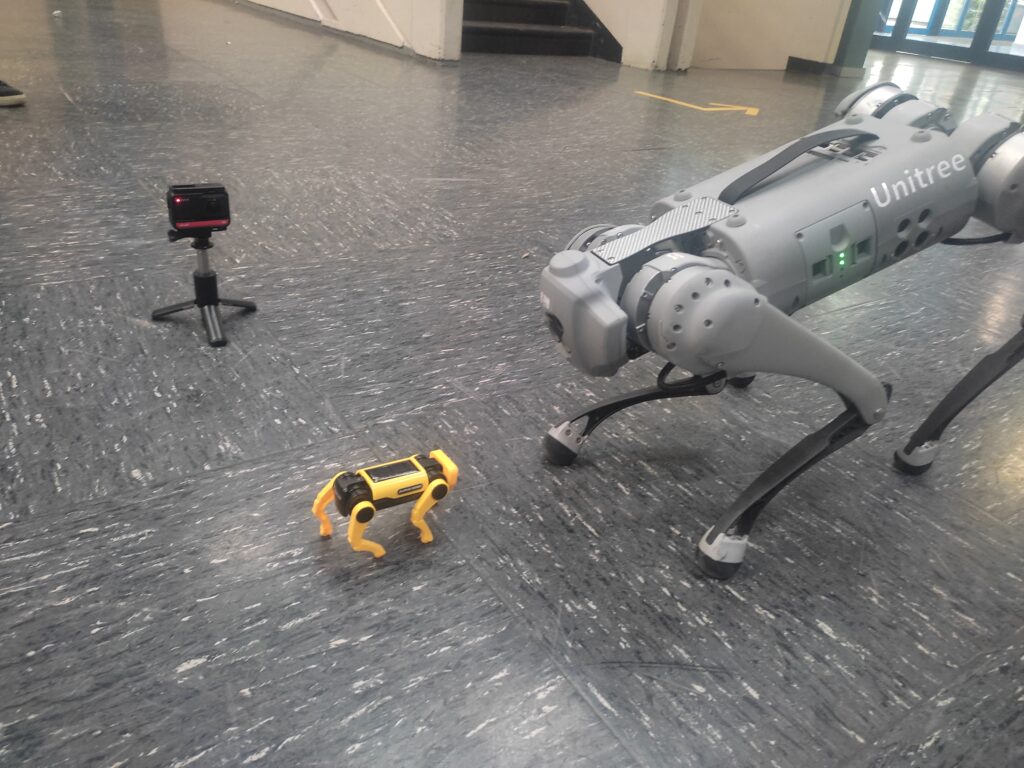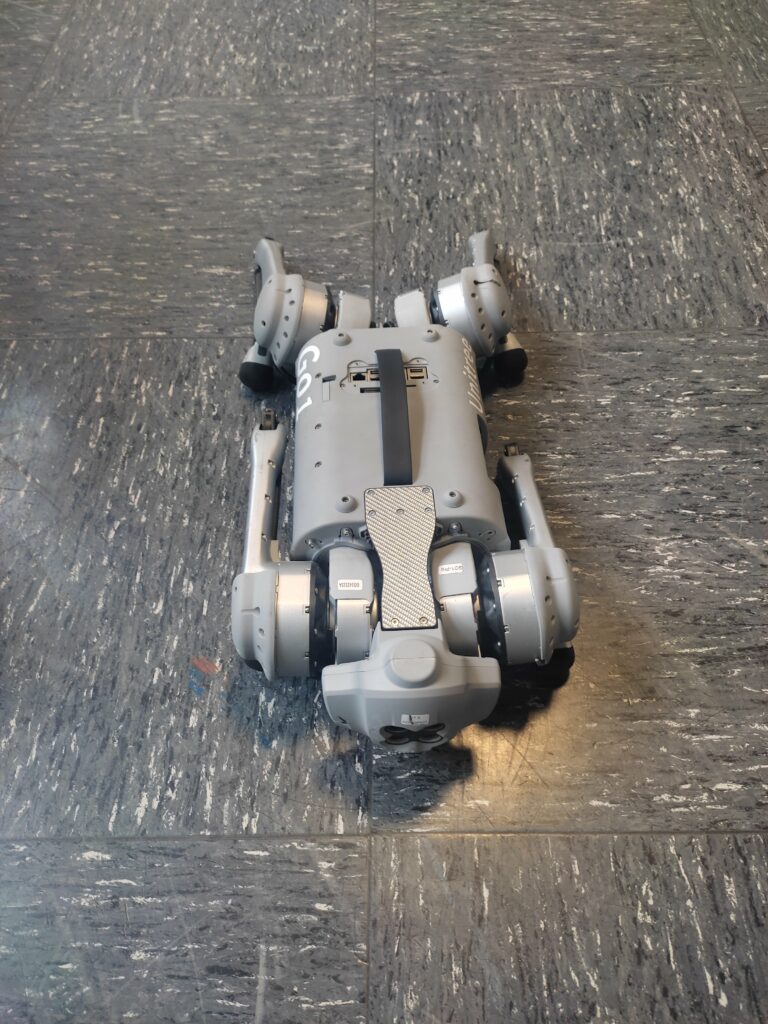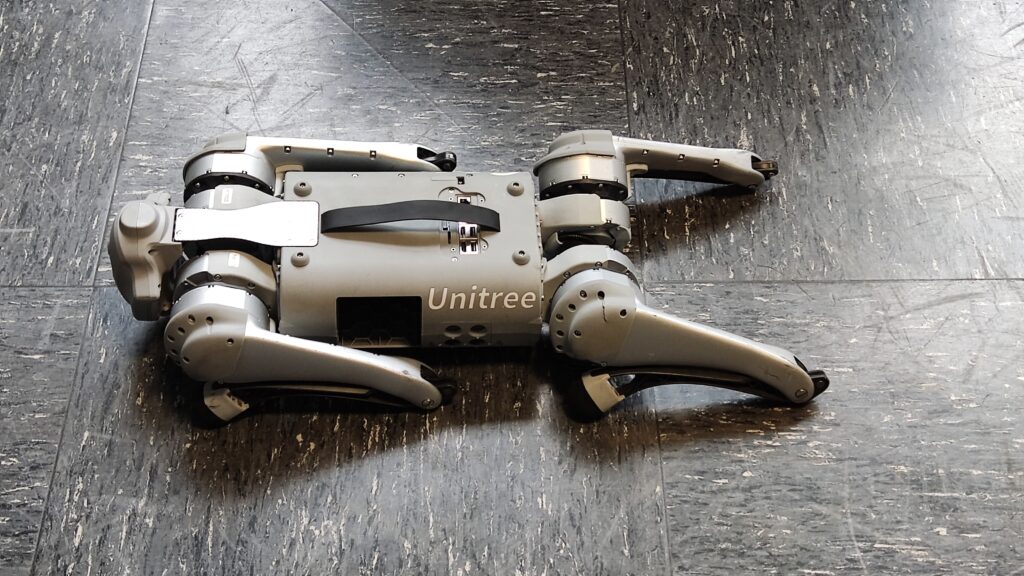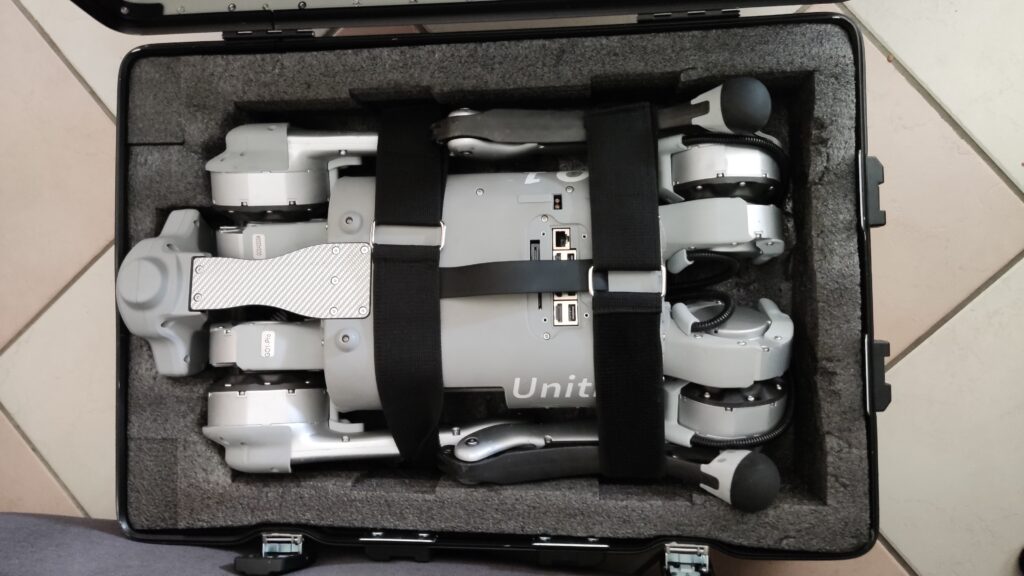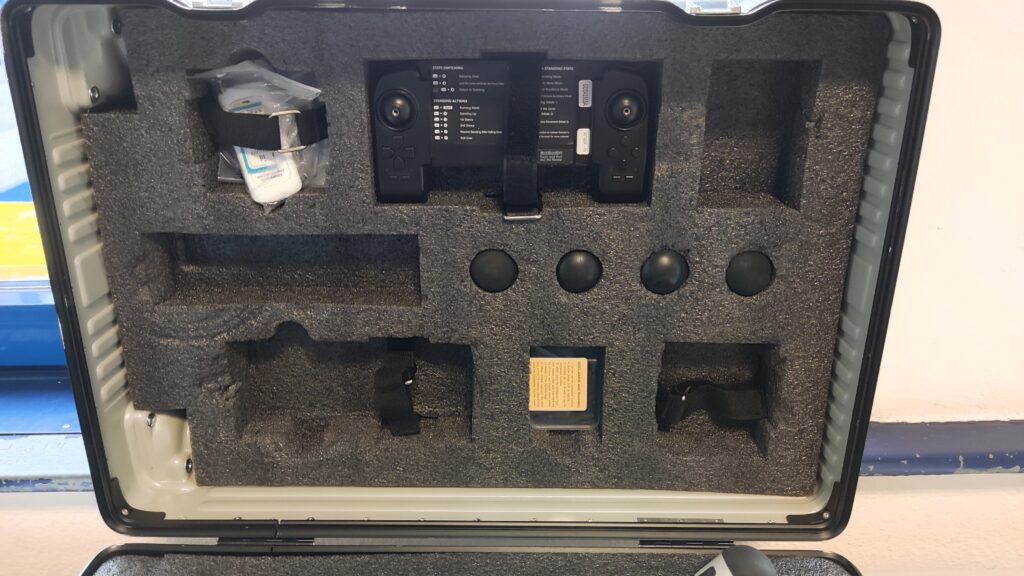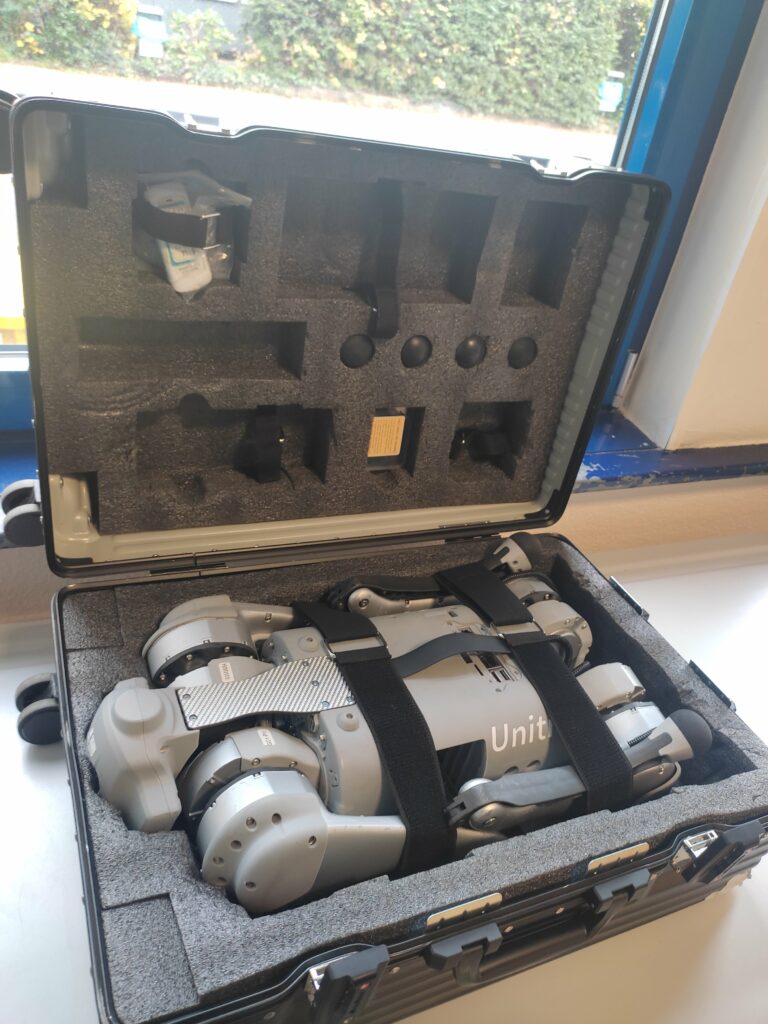Auf der Hannover Messe 2023 präsentiert der motion plastics Spezialist Next Level Engineering durch digitale Innovation
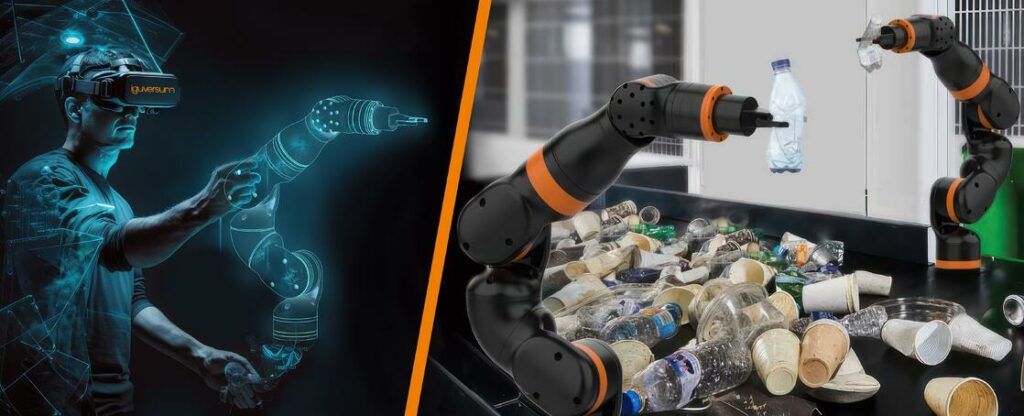
Hannover/Köln, 15. Februar 2023 – igus beschleunigt das Tempo bei der Low Cost Automation und macht den Einstieg einfacher und erschwinglicher als je zuvor. Mit dem Zusammenspiel aus günstiger Hardware und digitaler Innovation ist die Zukunft der Automatisierung greifbar nahe. Das beweisen der echte Cobot ReBeL mini für 3.999 Euro und die RBTXperience Software für einfache Programmierung handelsüblicher Roboter. Das virtuelle iguversum bietet den perfekten Spielplatz, um Roboteranwendungen und Programmierungen kinderleicht zum Laufen und dann in die Realität zu bringen.
Die Hannover Messe ist immer ein wichtiger Treffpunkt für die neuesten Entwicklungen in der Industrie. Auch dieses Jahr präsentiert igus hier digitale Produkte und Lösungen, die Unternehmen dabei helfen, ihre Anwendungen zu verbessern und Kosten zu sparen. Beispiel Low Cost Automation: Neue Cobots, Software und virtuelle Parallelwelten sorgen dafür, dass selbst Robotik-Laien in kürzester Zeit in die Automatisierung einsteigen können. Die Hardware-Basis bilden die Kunststoff-Roboter von igus wie der neue ReBeL mini, ein echter Plug&Play Cobot zum Preis von nur 3.999 Euro, inklusive Steuerungssoftware und Netzteil. Der Roboter arbeitet mit 5 Achsen, bringt 4 kg auf die Waage, hat eine Reichweite von 310 mm und bewegt bis zu 0,5 kg Last. Er schafft 7 Picks pro Minute bei einer Wiederholgenauigkeit von +/- 1 mm. Der ReBeL mini eignet sich insbesondere für den Einsatz in beengten Bauräumen, beispielweise in der Prüfautomation oder Kamera-Qualitätskontrolle und ist dabei auch über Kopf einsetzbar.
Next Level Engineering durch den Einsatz digitaler Werkzeuge
Mit neu entwickelten digitalen Werkzeugen unterstützt igus Unternehmen dabei, schnell und einfach ihre individuelle Robotik-Hardware zu konfigurieren, zu integrieren und zu steuern. Gemäß der Idee „Play before Pay“ können Anwender mit der neuen RBTXperience Software über ein 3D-Modell Kameras, Greifer, Roboter, aber auch Maschinengestelle und Förderbänder kombinieren und erproben – so simpel wie in einem Computerspiel. Per Drag and Drop Funktion lassen sich die Komponenten und Aufbauten beliebig anpassen, immer mit Kompatibilitätsgarantie und Live-Preis. CAD-Dateien der Lösungen lassen sich in die eigene Planungssoftware mit einem Klick herunterladen. „Zum Start der Hannover Messe werden wir jede im Online-Tool konfigurierte Automationslösung in einer Datenbank speichern und anderen Kunden als Designvorlage zur Verfügung stellen. Daraus entsteht dann eine riesige Design-Community“, sagt Alexander Mühlens, Leiter des Geschäftsbereichs Low Cost Automation bei igus. Als Inspirationsquelle zum sofortigen Nachmachen stehen bereits jetzt auf dem Online-Marktplatz RBTX mehr als 300 Lösungen zur Verfügung, davon 95 Prozent mit einem Investitionsvolumen von unter 12.000 Euro. Doch nicht nur die Konfiguration, sondern auch die Steuerung von Low Cost Automation vereinfacht igus. Deshalb bietet der motion plastics Spezialist eine intuitive Software an, mit der sich die Bewegungsabläufe der ReBeL Roboter anhand von digitalen Zwillingen innerhalb von 30 bis 60 Minuten festlegen lassen – auch ohne Programmierkenntnisse. Neu auf der Hannover Messe 2023 zu sehen ist außerdem die AnyApp Software. Sie ermöglicht genau diese intuitive Programmierung auch für andere Roboter. AnyApp eignet sich besonders für Unternehmen, die Roboter verschiedener Hersteller zu Automationslösungen kombinieren, sich aber nicht in mehrere Steuerungssoftwares einarbeiten wollen.
Das iguversum: In der virtuellen Welt spielerisch Ingenieur-Höchstleistungen erzielen
Eine weiterer Entwicklungsschritt ist das iguversum, welches auf dem neuen Stand „igus digital“ in Halle 17 zu erleben ist. Virtuell können Benutzer aus der ganzen Welt interagieren und an Projekten zusammenarbeiten, ohne dass eine physische Präsenz erforderlich ist. Das spart nicht nur Zeit, sondern ist auch nachhaltiger, da Reisen entfallen. Das iguversum ist eine Kollaborations-Welt und ein digitales Werkzeug, das Unternehmen bei allen technischen Entwicklungen unterstützen kann. Mit Extended Reality (XR)-Technologien wie Virtual Reality (VR) und Augmented Reality (AR) lassen sich beispielsweise Automatisierungslösungen im virtuellen Raum planen, steuern und testen. Dadurch können Mitarbeiter aus der Ferne auf gefährliche oder unangenehme Arbeitsumgebungen zugreifen, ohne vor Ort zu sein.
Unternehmen bietet sich so die Möglichkeit, ihre Arbeitsumgebung sicherer und attraktiver zu gestalten. Das führt zu einer höheren Zufriedenheit und Motivation der Mitarbeiter und ist auch ein Pluspunkt bei der Gewinnung von neuen Fachkräften. „In der Zukunft werden wir sehen, wie die kollaborative Zusammenarbeit von Menschen im Metaverse und zum Beispiel die Steuerung von Robotern aus virtuellen Welten heraus die Art und Weise verändern, wie wir zusammenarbeiten.“ sagt Marco Thull, Senior Marketing Activist, igus GmbH. Mit der Verwendung von digitalen Tools wie Simulationen, Prognosen und Datenanalysen wird igus Unternehmen auch über die Low Cost Automation hinaus dabei unterstützen, ihre Prozesse schneller und günstiger zu machen. „Die Nutzung neuer Technologien ist dabei nie Selbstzweck, sondern folgt immer den Fragen: Was hat der Kunde davon? Ist das Tech oder kann das weg?“, meint Marco Thull. „Das Zusammenspiel aus günstiger Hardware, Software, XR in Verbindung mit künstlicher Intelligenz wird es Kunden ermöglichen, ihre Maschinen und Anlagen permanent zu verbessern und schnell an die Bedürfnisse ihrer Kunden anzupassen – ein enormer Wettbewerbsvorteil.“

